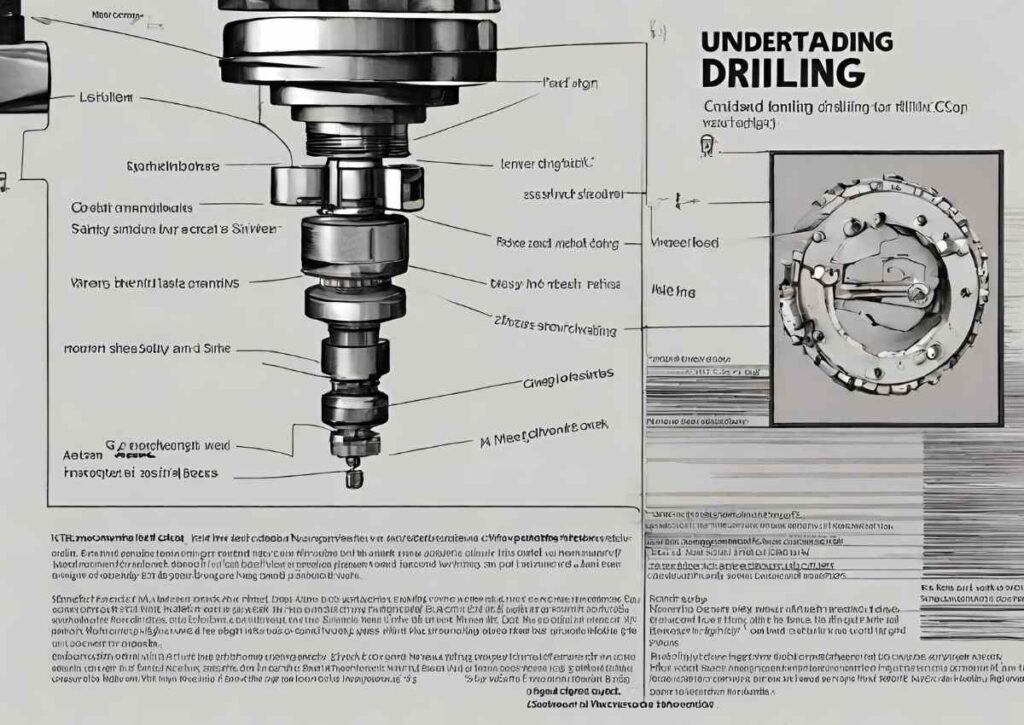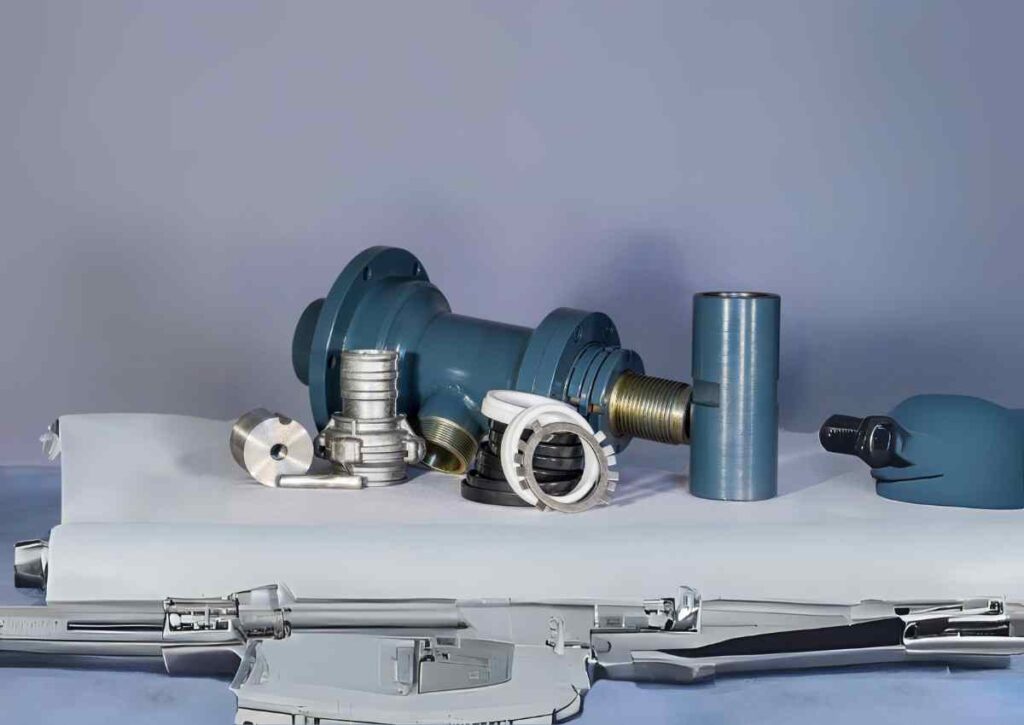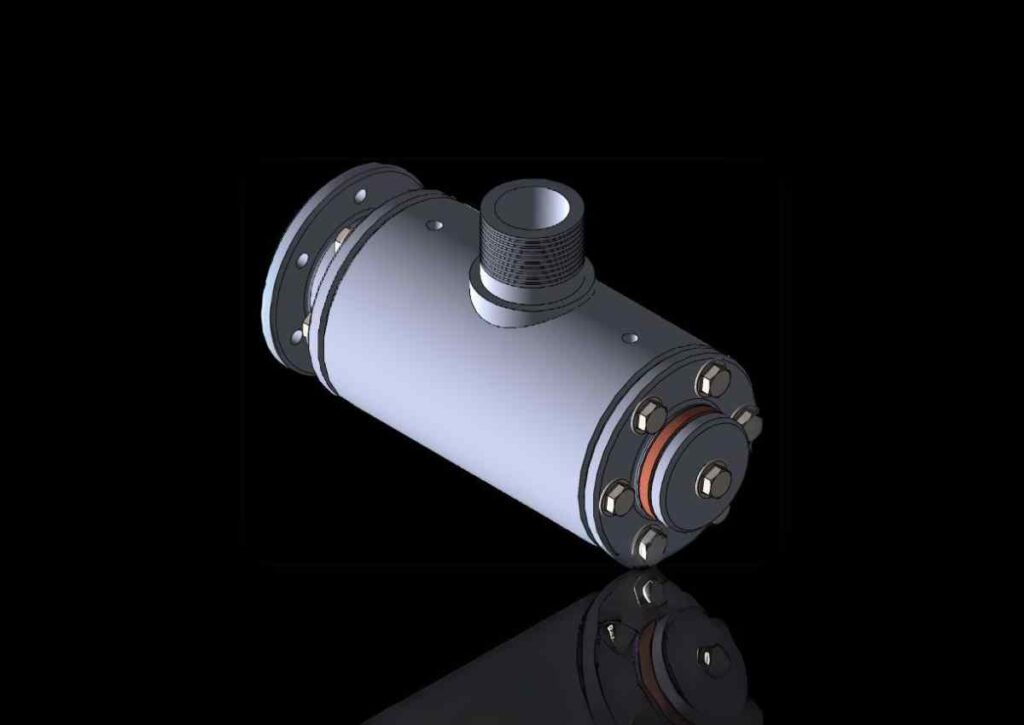In the realm of oil and gas exploration, efficiency is paramount. Every aspect of the drilling process must be optimised to ensure maximum output while minimising costs and environmental impact.
One crucial innovation that has revolutionised drilling operations is swivel drilling.
In this blog, we will delve into what swivel drilling entails, its benefits, and how it contributes to enhancing efficiency in the oil and gas industry.
Understanding Swivel Drilling

Swivel drilling refers to a technique where the drill string rotates independently of the casing, allowing for more efficient drilling operations.
This is achieved through the use of a swivel, a mechanical device that connects the drill string to the rotating equipment while providing a fluid pathway for drilling mud circulation.
The swivel allows the drill bit to rotate freely while maintaining continuous circulation of drilling fluid, which helps in lubricating the bit and carrying cuttings to the surface.
Advantages Of Swivel Drilling

Improved Drilling Performance
Swivel drilling enables smoother and more controlled drilling operations, leading to improved performance and faster drilling rates.
The ability to rotate the drill string independently of the casing reduces friction and enhances drilling efficiency.
Enhanced Safety
By ensuring proper circulation of drilling fluid, swivel drilling helps prevent wellbore instability and blowouts.
This contributes to a safer working environment for drillers and reduces the risk of accidents and environmental damage.
Versatility
Swivel drilling can be used in various drilling applications, including vertical, directional, and horizontal drilling.
Its versatility makes it suitable for different geological formations and drilling challenges, providing operators with greater flexibility in exploration and production activities.
Cost Savings
The efficiency gained from swivel drilling translates into cost savings for drilling operators. Faster drilling rates mean reduced rig time, lower operational costs, and increased overall profitability.
Implementing Swivel Drilling in Practice

To harness the benefits of swivel drilling effectively, drilling operators must ensure proper equipment selection, maintenance, and operational procedures.
This includes selecting the appropriate type and size of swivel based on the drilling requirements, regularly inspecting and servicing the equipment to prevent failures, and following recommended drilling practices to optimise performance and minimise downtime.
Furthermore, drilling personnel should be adequately trained in swivel drilling techniques and safety protocols to mitigate risks and ensure efficient operations.
Continuous monitoring of drilling parameters and performance metrics can help identify potential issues early on and allow for timely adjustments to optimise drilling efficiency.
Conclusion
Swivel drilling represents a significant advancement in drilling technology, offering improved efficiency, safety, and versatility in oil and gas exploration and production.
By enabling smoother drilling operations and better control over the drilling process, swivel drilling helps operators maximise productivity while minimising costs and environmental impact.
As the industry continues to evolve, the adoption of innovative drilling techniques like swivel drilling will play a crucial role in meeting the growing global demand for energy resources in a sustainable manner.
FAQs
What is swivel drilling, and how does it differ from conventional drilling?
Swivel drilling is a technique where the drill string rotates independently of the casing, facilitated by a mechanical device called a swivel.
Unlike conventional drilling, swivel drilling allows for smoother drilling operations and continuous circulation of drilling fluid, enhancing efficiency and safety.
What are the main benefits of using swivel drilling in oil and gas exploration?
Swivel drilling offers several advantages, including improved drilling performance, enhanced safety, versatility across various drilling applications, and cost savings due to faster drilling rates and reduced operational downtime.
How does swivel drilling contribute to safety in drilling operations?
Swivel drilling helps prevent wellbore instability and blowouts by maintaining proper circulation of drilling fluid, which lubricates the drill bit and carries cuttings to the surface.
This reduces the risk of accidents and environmental damage, creating a safer working environment for drillers.
What factors should drilling operators consider when implementing swivel drilling?
When implementing swivel drilling, drilling operators should consider factors such as equipment selection, maintenance practices, operational procedures, and personnel training.
Proper selection, inspection, and maintenance of swivel equipment are essential to ensuring optimal performance and minimising downtime.
Can swivel drilling be used in different types of drilling operations?
Yes, swivel drilling is versatile and can be used in various drilling applications, including vertical, directional, and horizontal drilling.
Its adaptability makes it suitable for different geological formations and drilling challenges, providing operators with greater flexibility in exploration and production activities.
How can drilling personnel ensure the effective implementation of swivel drilling techniques?
Drilling personnel can ensure the effective implementation of swivel drilling techniques by undergoing comprehensive training in swivel drilling operations and safety protocols.
Continuous monitoring of drilling parameters and performance metrics also helps identify potential issues early on and allows for timely adjustments to optimise drilling efficiency.









